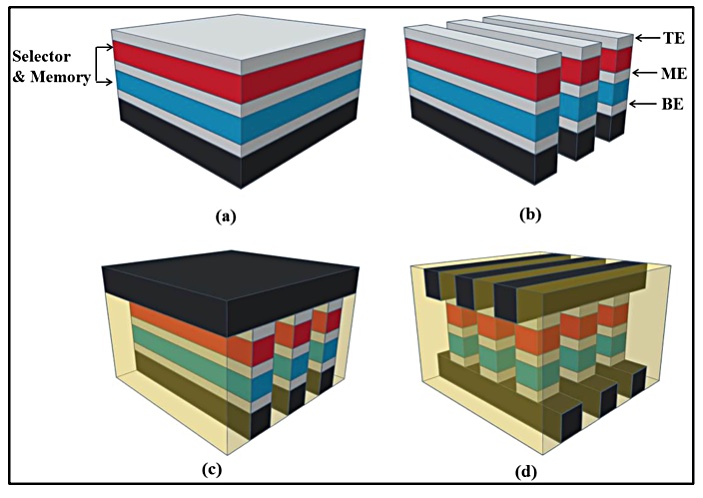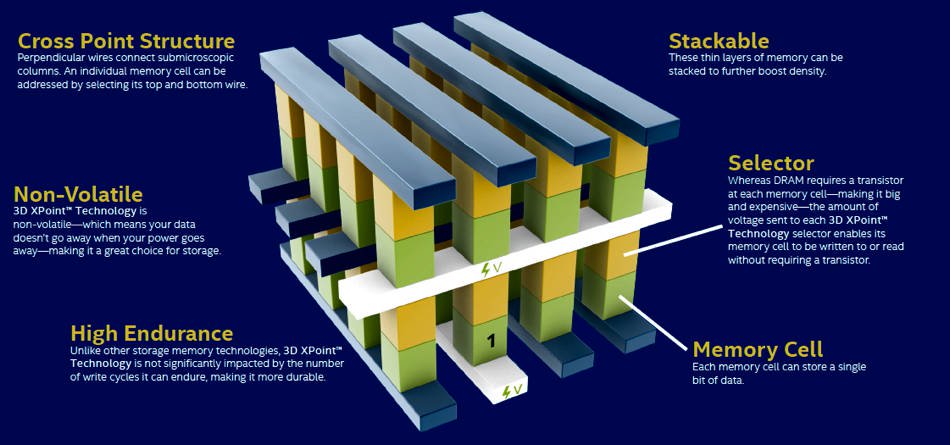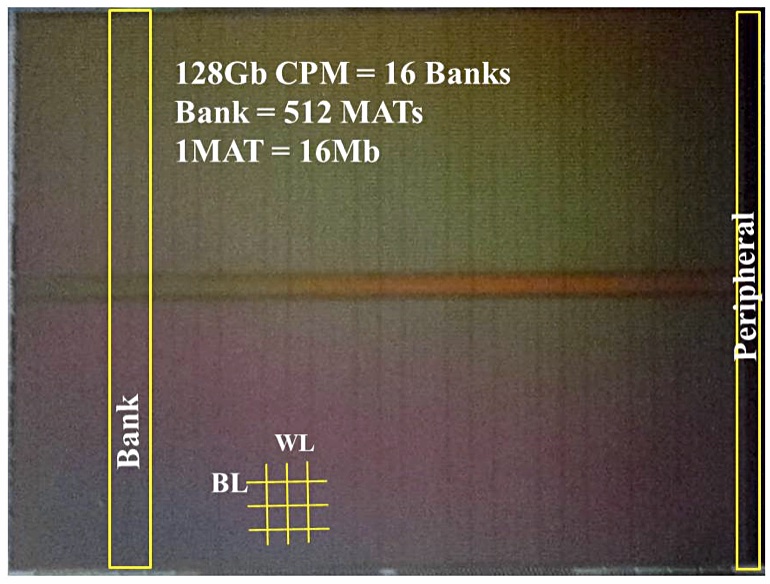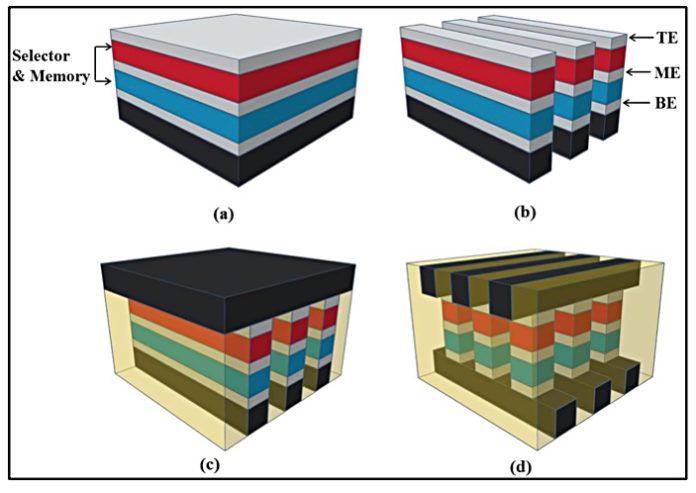SK hynix is developing storage-class memory that will compete with 3D XPoint.
The Korean flash fabber signalled its intentions with a paper presented by company researchers last December at the International Electron Devices Meeting held in San Francisco. (Read The Next Platform’s recent write-up.)
The paper has the catchy title “High-Performance, Cost-Effective 2z nm Two-Deck Crosspoint Memory Integrated by Self-Align Scheme for 128 Gb SCM,”. A public abstract and some diagrams are available.
It’s a phase we are going through
The technology involves a 2-layer (2-deck) cross point memory using phase-change materials integrated with a chalcogenide selector device. Phase change means the material changes its state, generally due to an electrical current, from crystalline to amorphous and back again, with consequent changes in its resistance.
Two differing resistance levels are used to signal binary one and zero.
The cells were fabricated using self-aligned processes. A diagram in the paper abstract shows the strong resemblance to Intel’s 3D XPoint technology:


The research device had a read latency of <100 ns in a 16 Mb test array, which compares well to Intel’s 3D XPoint 350ns read latency.
According to the SK Hynix researchers, this latency makes the technology suitable for use in a 128 Gb storage-class memory chip, made from 16 banks of cells.

Are we there yet?
We now have five storage-class memory supplier efforts:
- Intel – Optane – 3D XPoint
- Micron – QuantX 3D XPoint
- Samsung – Z-NAND
- SK Hynix – 3D XPoint-like technology
- Western Digital – ReRAM
Assume a minimum of two years between publishing a research paper and product appearing, SK hynix and Micron SCM products could be available as soon as 2021.








